MIT Looks Ahead to Hydrogen’s Aviation Future
Cars That Think
SEPTEMBER 17, 2023
As investment in hydrogen-powered flight expands , airports and air carriers today are realizing that it’s not enough to retrofit or design new planes for hydrogen power. Hydrogen may be a good thing, but you gotta look at it from the full system level, right?,” The first challenge is hydrogen production.




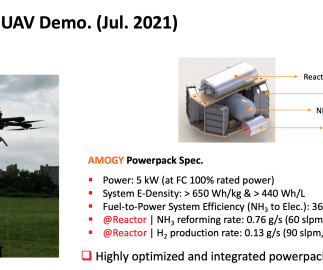







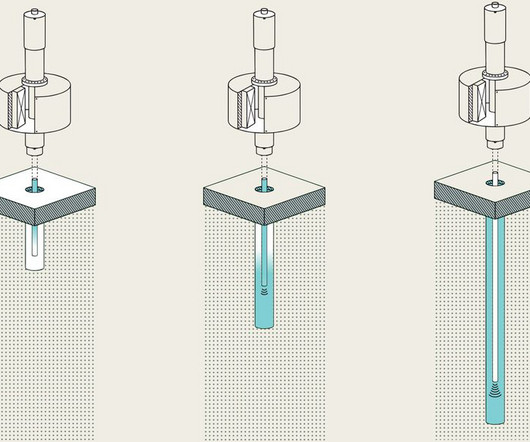

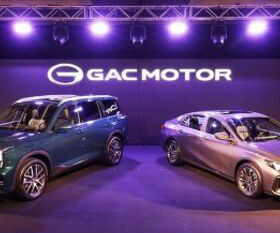





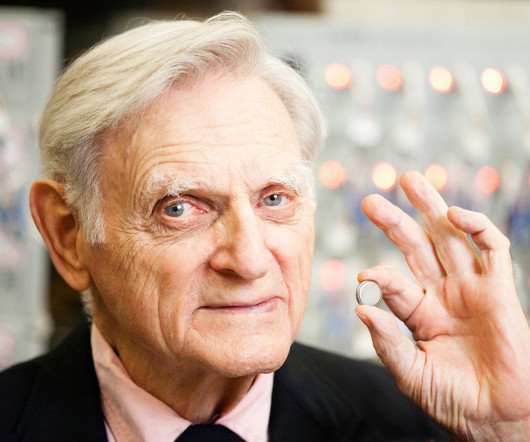











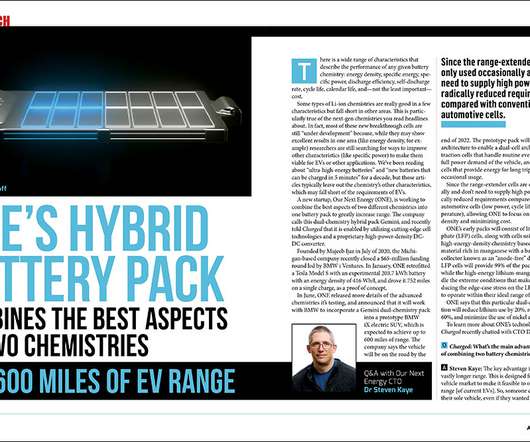
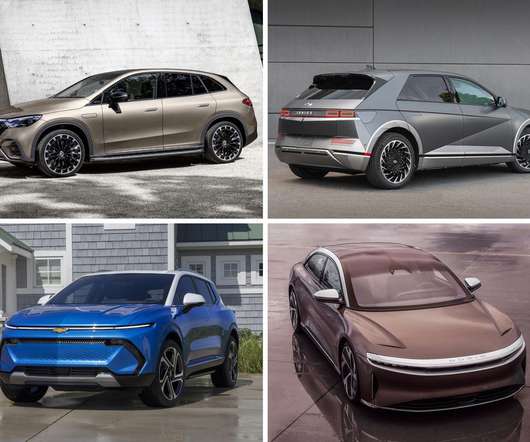






Let's personalize your content